Spinal stenosis is a common spinal condition characterized by the narrowing of the spaces within the spine, leading to compression of the nerves and spinal cord. This comprehensive guide aims to break down the complexities of spinal stenosis, providing insights into its causes, symptoms, and various management strategies to empower individuals with the knowledge needed to navigate this condition effectively.
Deciphering Spinal Stenosis: An Overview
What is Spinal Stenosis?
Spinal stenosis is a degenerative condition characterized by the narrowing of the spinal canal or neural foramina, resulting in increased pressure on the spinal cord and nerves. This narrowing can occur in various regions of the spine, most commonly in the lumbar (lower back) or cervical (neck) regions.
Causes of Spinal Stenosis
- Age-Related Changes: The natural aging process can lead to the development of bone spurs and thickened ligaments, contributing to spinal stenosis.
- Herniated Discs: Disc herniation, where the soft inner material of a disc protrudes, can impinge on the spinal canal and cause stenosis.
- Osteoarthritis: The degeneration of cartilage in the spine, a hallmark of osteoarthritis, can contribute to the narrowing of the spinal canal.
- Congenital Factors: Some individuals may have a genetic predisposition to narrower spinal canals, increasing the risk of stenosis.
Spotting the Signs: Symptoms of Spinal Stenosis
Back Pain and Sciatica
Individuals with spinal stenosis often experience persistent back pain, which may radiate down the legs or arms if the condition affects the lumbar or cervical spine, respectively.
Numbness and Weakness
Nerve compression can lead to numbness and weakness in the extremities, affecting mobility and overall functionality.
Difficulty Walking
Many individuals with spinal stenosis experience difficulty walking, with symptoms often improving when leaning forward or sitting.
Loss of Bladder or Bowel Control
In severe cases, spinal stenosis may lead to loss of bladder or bowel control, requiring immediate medical attention.
Diagnosis and Medical Evaluation
Clinical Assessment
Medical professionals conduct a thorough clinical assessment, evaluating symptoms, medical history, and conducting a physical examination.
Imaging Studies
Diagnostic imaging, such as magnetic resonance imaging (MRI) or computed tomography (CT) scans, is often employed to visualize the extent and location of the stenosis.
Also Read Understanding Thoracic Spine Injuries: Causes, Symptoms, and Recovery
Treatment Options for Spinal Stenosis
Non-Surgical Approaches
- Pain Management: Over-the-counter or prescription pain medications help alleviate discomfort associated with spinal stenosis.
- Physical Therapy: Targeted exercises and stretches can strengthen the muscles supporting the spine and improve flexibility.
- Lifestyle Modifications: Avoiding activities that exacerbate symptoms and adopting proper body mechanics can contribute to managing spinal stenosis.
- Epidural Steroid Injections: Injections of corticosteroids into the affected area can provide temporary relief from inflammation and pain.
Surgical Interventions
- Laminectomy: A surgical procedure where a portion of the vertebra (lamina) may be removed to create more space for the affected nerves.
- Spinal Fusion: Fusion of adjacent vertebrae may be considered to stabilize the spine, especially if multiple levels are affected.
- Foraminotomy: Enlarging the neural foramina to relieve pressure on the nerves is another surgical option.
Recovery and Rehabilitation
Physical Therapy Post-Surgery
Rehabilitation through physical therapy is crucial post-surgery to regain strength, flexibility, and functionality.
Gradual Return to Activities
Patients are advised to gradually reintroduce activities, with a focus on preventing re-injury and promoting long-term spinal health.
Preventing Spinal Stenosis: Lifestyle Measures
Regular Exercise and Stretching
Engaging in regular, spine-friendly exercises and stretches can maintain flexibility and strengthen supporting muscles.
Maintaining a Healthy Weight
Maintaining a healthy weight reduces stress on the spine, minimizing the risk of developing conditions like spinal stenosis.
Proper Body Mechanics
Educating individuals on proper body mechanics, including lifting techniques and posture, can prevent strain on the spine.
Conclusion: Empowering Spinal Stenosis Management
Understanding spinal stenosis empowers individuals to make informed decisions about their spinal health. Whether through preventive measures, non-surgical interventions, or surgical options, there are diverse strategies available to address spinal stenosis and pave the way for a healthier, more resilient spine. Timely intervention, lifestyle modifications, and a comprehensive approach to recovery contribute to optimal outcomes for individuals navigating spinal stenosis.
Note: We are also on WhatsApp, LinkedIn, and telegram, to get the latest news updates, Join our Channels. WhatsApp– Click here, to telegram – Click Here, and for LinkedIn– Click Here.



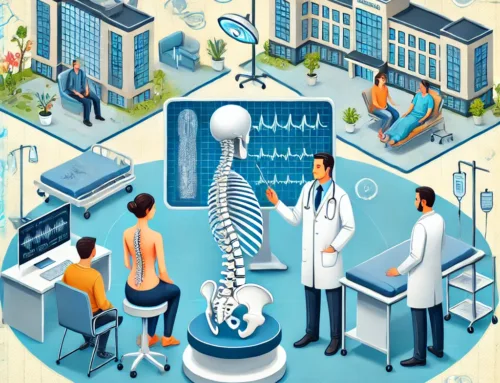
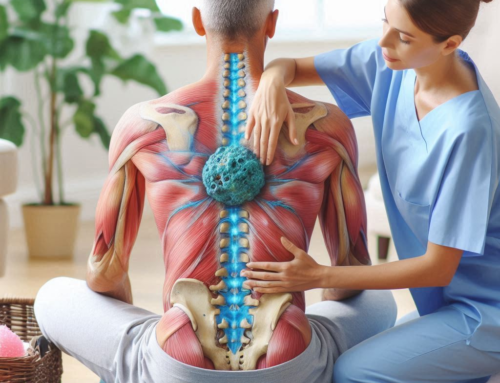
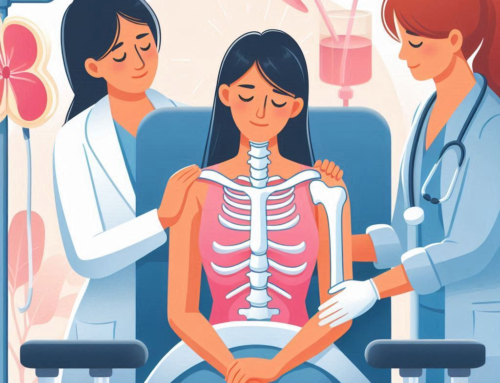
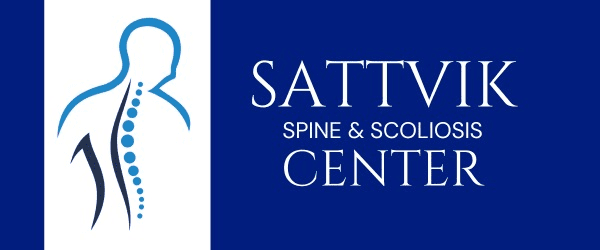



Get Social